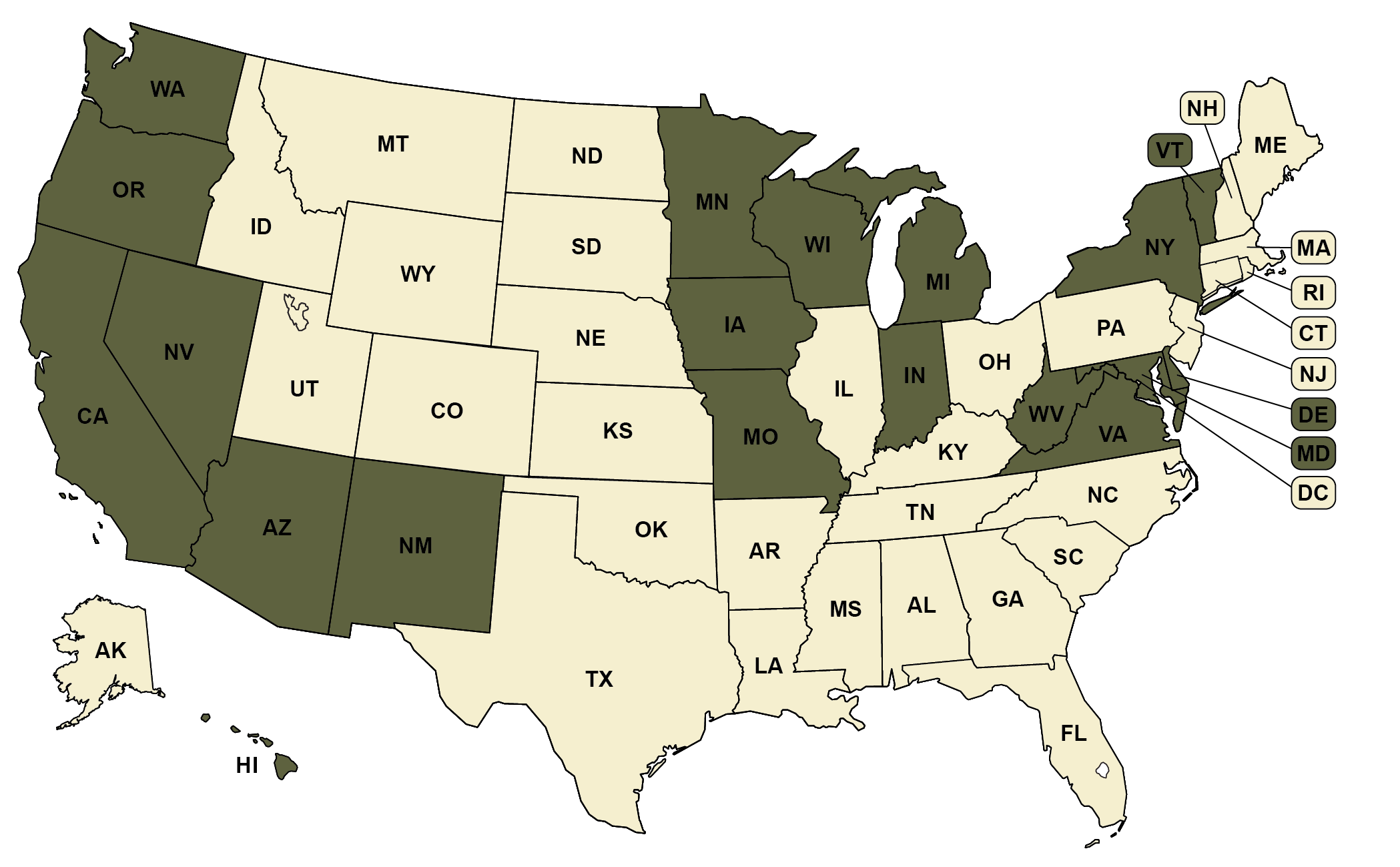Oftentimes voters who utilize absentee or mail ballots return those ballots through the postal system. States vary in their policies regarding return postage for those ballots, with some states providing prepaid return postage envelopes so voters don’t need to pay for postage themselves.
-
State provides pre-paid return postage for mail ballots
(19 states)
-
State does not provide pre-paid return postage for mail ballots
(31 states + D.C.)
Recommended citation: Movement Advancement Project. "Prepaid Ballot Postage" https://www.mapresearch.org/democracy-maps/pre_paid_ballot_postage. Accessed [day of access]
Breakdown by Population
*Note: These percentages reflect the voting-eligible population, as reported by the United States Election Project.
42 % of voting-eligible population lives in states that provide pre-paid return postage for mail ballots
58 % of voting-eligible population lives in states that do not provide pre-paid return postage for mail ballots


